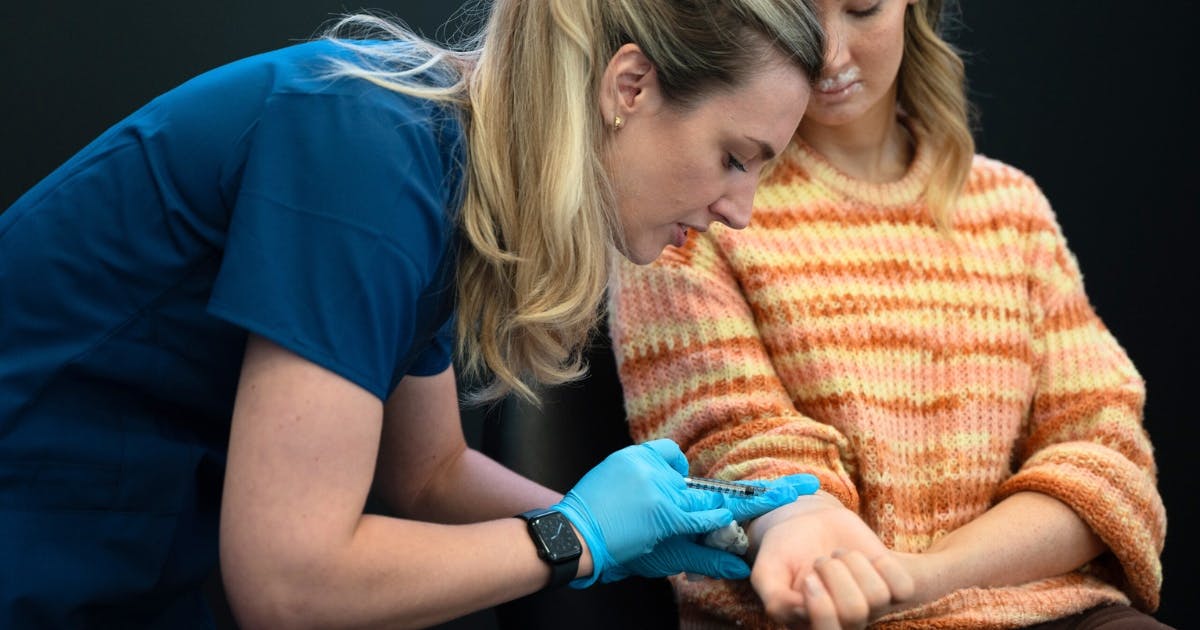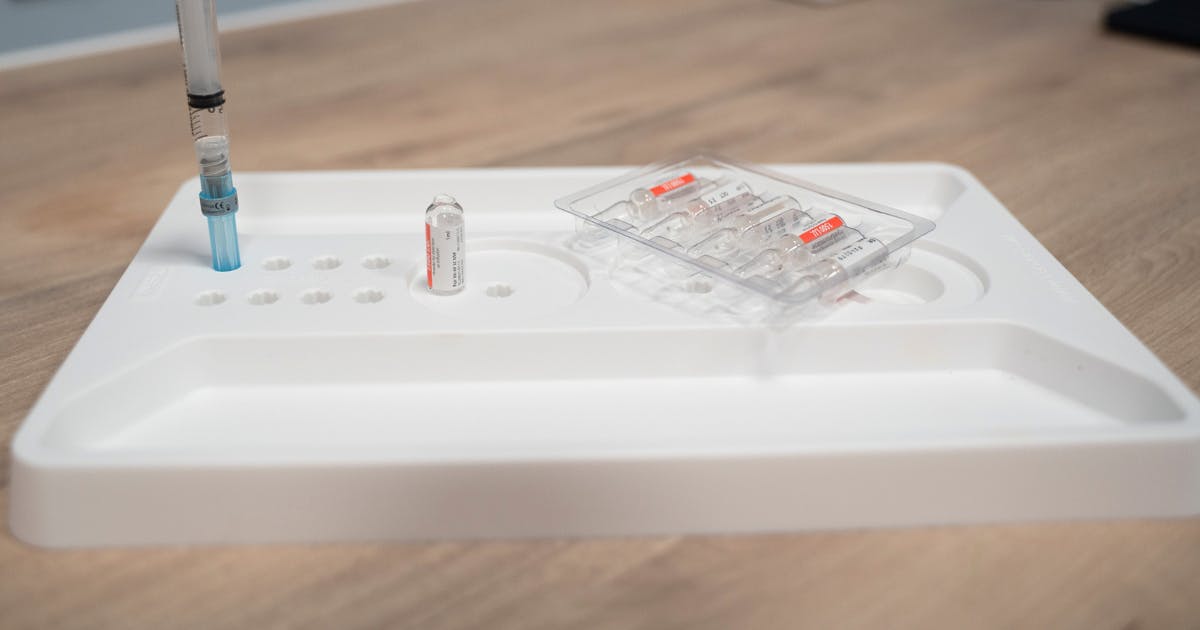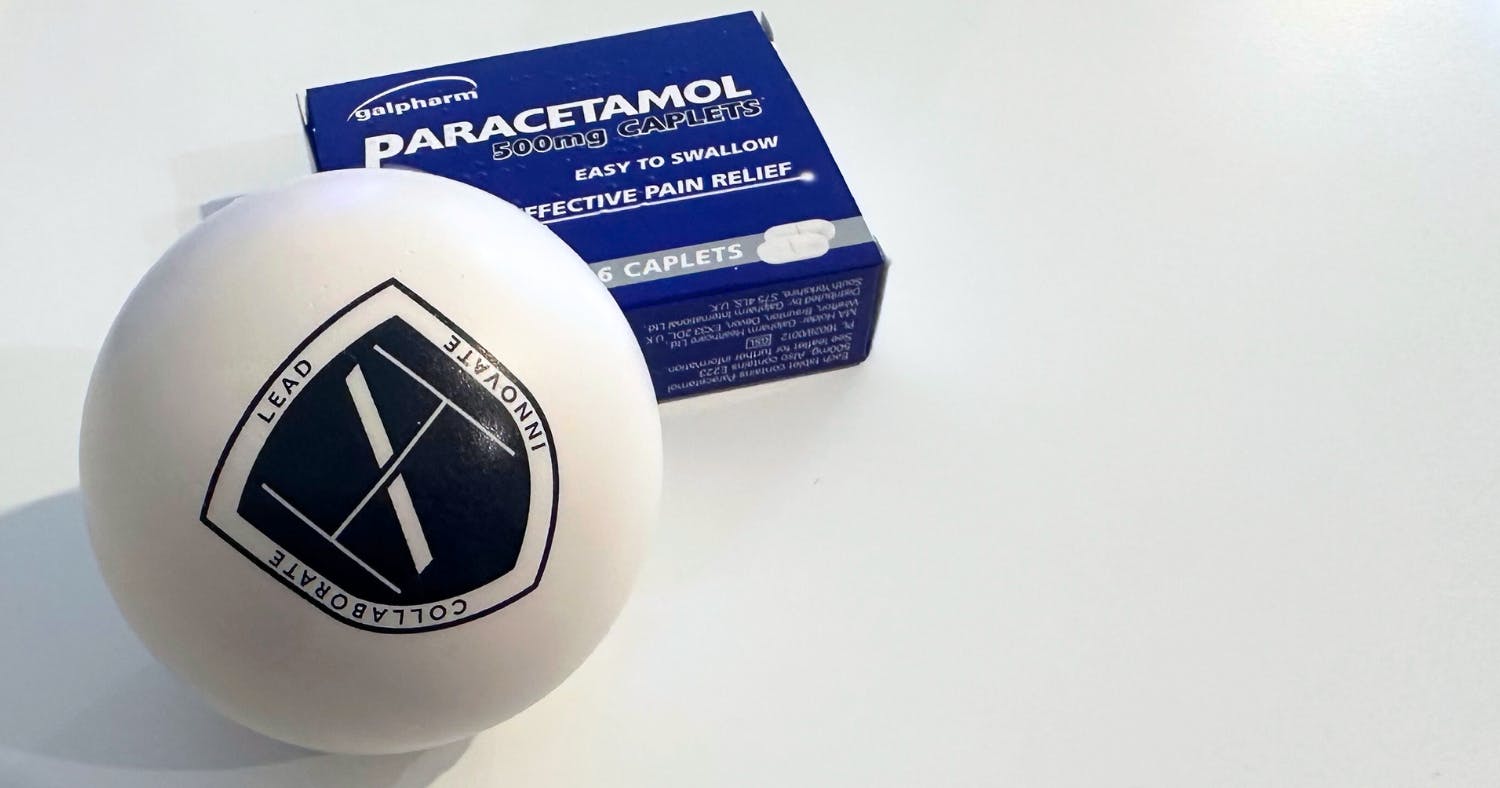Medications for Managing Complications in Aesthetics

We were recently asked for a list of medications for managing complications by a new aesthetics practitioner.
As part of our series on aesthetic medicine complications, we’re happy to oblige!
Here we’ve listed the staples - plus a few optional extras - for your complications management kit.
Now, before we get started…

A few words of cautionary advice…
As medical professionals, we trust that what we’re about to say is obvious. However, as this article is widely available on the internet, we’d like to make some things crystal clear…
Keep within your scope of competency
No one should be administering any medications or treatments they are not trained to provide. This is common sense but it’s also a patient safety issue.
Practising outside of your competency scope can negate your insurance cover, too.
If you’re at all unsure about anything, get advice from reputable colleagues or complications groups. Alternatively, refer the patient to another aesthetics practitioner with more experience. You can also refer them to a hospital if warranted, for example, if imaging, abscess drainage or emergency care is required.
Keep a list of people and places you can refer patients to and make sure their details are regularly checked.
Take a full medical history before every treatment
Though we mention this below, we cannot overstate the importance of taking a full medical history.
Conducting a thorough consultation before any aesthetic treatment will arm you with the necessary information should complications arise. This includes allergy to medications.
Even if you’re familiar with the patient, factors may change and you’ll need to be aware of these. Always remember to ask about recent or pending dental concerns, for example.
As we highlighted in our article on How to Manage Filler Complications as an Aesthetic Practitioner, consenting for complications management before injectables is also wise.
This way you’ll know if a patient has any specific allergies or does not consent to certain measures, prior to treatment. Having this information up front may even help you decide whether a patient is suitable for treatment. For example, you may choose not to treat a patient with a history of anaphylaxis from bee stings with hyaluronic acid-based fillers. This is because there may be a potential risk when using hyaluronidase if a complication arises and the filler needs dissolving.

Prescription medications for managing complications
Please be aware that only prescribers can hold stock of specific medications.
Additionally, you should only ever administer prescription-only medication to the named patient the drug has been prescribed for. If you’re not a prescriber, this requires a face-to-face, in-person consultation between your prescriber and the patient. It cannot be conducted remotely.
You, if you’re a prescriber, or your prescribing partner if you’re not, must also consult that patient - in person - each time a new prescription is required.
For example, let’s say a patient requires a prescription for hyaluronidase to dissolve their lip filler. They see the prescriber and are issued a prescription for that treatment; the appointment continues and their lip filler is dissolved. A week later they come back and require further dissolving. Despite having recently been issued with a prescription for hyaluronidase, you would still need to go through the prescribing process again.
Antibiotics
A course of antibiotics may be prescribed in the case of inflammatory nodules, abscesses or infection. Tetracyclines are bacteriostatic and exert their effects by inhibition of protein synthesis. They also have additional anti-inflammatory and immunomodulatory effects useful in the management of inflammatory nodules.
Macrolides and fluoroquinolones may also be used.
Adrenaline and/or EpiPens
These are used when an anaphylactic reaction occurs. You will be aware that adrenaline and epinephrine are the same medication. Intramuscular adrenaline should only be used if you are well-versed in how to prepare and administer it. An EpiPen is a safer option if you aren’t experienced in adrenaline use.
Apraclonidine 1% eye drops
These can be used in cases of eyelid ptosis. An alpha-adrenergic receptor agonist, apraclonidine causes contraction of Müller’s muscle. This may temporarily elevate the lid by 1-2 mm for symptomatic relief. Miosis and closed-angle glaucoma are a risk when using this medication in susceptible individuals. As such, it’s essential to review the patient’s ophthalmological history.
Hyaluronidase
This is the enzyme used off licence to dissolve hyaluronic acid-based soft tissue fillers. It comes in a powder form as ampoules ready for reconstitution.
Remember, you’ll need saline to reconstitute this drug. As this is often used in your day-to-day aesthetic practice, it’s up to you whether you keep a separate emergency supply.
Different constitutions are required for different administrations based on the indication. Therefore, you must be confident in how to reconstitute hyaluronidase for the particular complication you’re managing.
Oral steroids
A short course of oral steroids like prednisolone or dexamethasone, can help with symptomatic relief when there’s significant swelling. Usually, this is related to inflammatory nodules.

Non-prescription medications that can help with complications
It’s important to note that, just because a medication or treatment doesn’t require a prescription, obviously you still need to ensure it’s suitable for them. This is another reminder to always take a detailed medical history from your patient during each consultation!
Antihistamines
Oral antihistamines - usually loratadine - may be used when patients experience certain histamine-mediated side effects. These may include itching, swelling or erythema post-treatment.
Aspirin
Should a vascular event occur, aspirin can be administered orally if there are no contraindications, to help thin the blood. It reduces platelet aggregation, clot formation and consequent vascular compromise.
Paracetamol
Paracetamol is useful for pain reduction ahead of treatment or pain management after injectables. Ibuprofen can exacerbate or increase the risk of bruising so is usually avoided for 24 hours post-treatment.
Other supplies useful for aesthetics practitioners to stock or recommend when managing complications
Arnica supplements or topical arnica creams
These may help reduce the appearance of bruising, which is a common side effect of treatment. Whilst the evidence here is limited, at least anecdotally, this is a fairly popular tool.
Ice packs
It can be helpful to have ice - ideally ice packs - available to soothe swelling post-treatment. Whilst this is an expected reaction, rather than a complication, ice can be useful in certain complications scenarios too.
An ice pack is preferable for reasons of hygiene and infection prevention. If you’re using ice cubes, these should be covered in sterile gauze then applied to the skin. We’ve even heard of practitioners using disposable medical gloves to put their ice in! The important thing is that the ice should be contained in a sterile covering; it shouldn’t touch the skin directly. This is for reasons of infection control as well as to prevent ice burns.
Stress balls
It may sound frivolous but having a stress ball available for your patient can be a great tool. Not necessarily one for emergency kits, though we’ve included it here as you’ll certainly appreciate it then! A stress ball can be used in daily practice. Gripping one can help to calm nervous patients by giving them something else to focus on. Should a complication occur, it certainly pays to keep your patient as calm as possible while you manage the situation.
Maintaining your complications kit
Whether you call it an emergency kit or a complications kit, you need to maintain it properly.
This means:
- Ensuring all items are in the kit and in the necessary quantities
- Checking all medications are in date and are properly stored so they don’t degrade
- Replacing anything with fresh stock after use
- Having dates in your diary to perform regular kit checks
- Storing printed protocols with the kit for easy use during a stressful complications event
- Knowing where your kit is at all times.
You may think we’re joking with that last point but we can assure you we’re not! It’s easy to move things and forget where you put them, especially if you share a space. Other people may move things and not put them back, too.
Additionally, if some items are used as part of your day-to-day aesthetic practice, it can be easy to run low without realising.
You want to keep on top of this - not find out in an emergency that you can’t find or don’t have what you need!
This type of practice admin may seem like a dull task but don’t skip it. The future you who’s managing a complication smoothly, can find everything they need and is delivering exceptional patient care, will thank you!
Just as a reminder…
These guidelines contain general medical information. Any application of the material provided is at the reader’s discretion and is their sole responsibility. Readers are encouraged to confirm the information herein with other sources, including scientific literature and local guidance. Harley Academy is not liable for any direct, indirect, consequential, exemplary or other damages arising from using this guidance.
All information correct at the time of publication
Download our full prospectus
Browse all our injectables, dermal fillers and cosmetic dermatology courses in one document
By submitting this form, you agree to receive marketing about our products, events, promotions and exclusive content. Consent is not a condition of purchase, and no purchase is necessary. Message frequency varies. View our Privacy Policy and Terms & Conditions
Attend our FREE open evening
If you're not sure which course is right for you, let us help
Join us online or in-person at our free open evening to learn more
Our Partners














STAY INFORMED
Sign up to receive industry news, careers advice, special offers and information on Harley Academy courses and services


